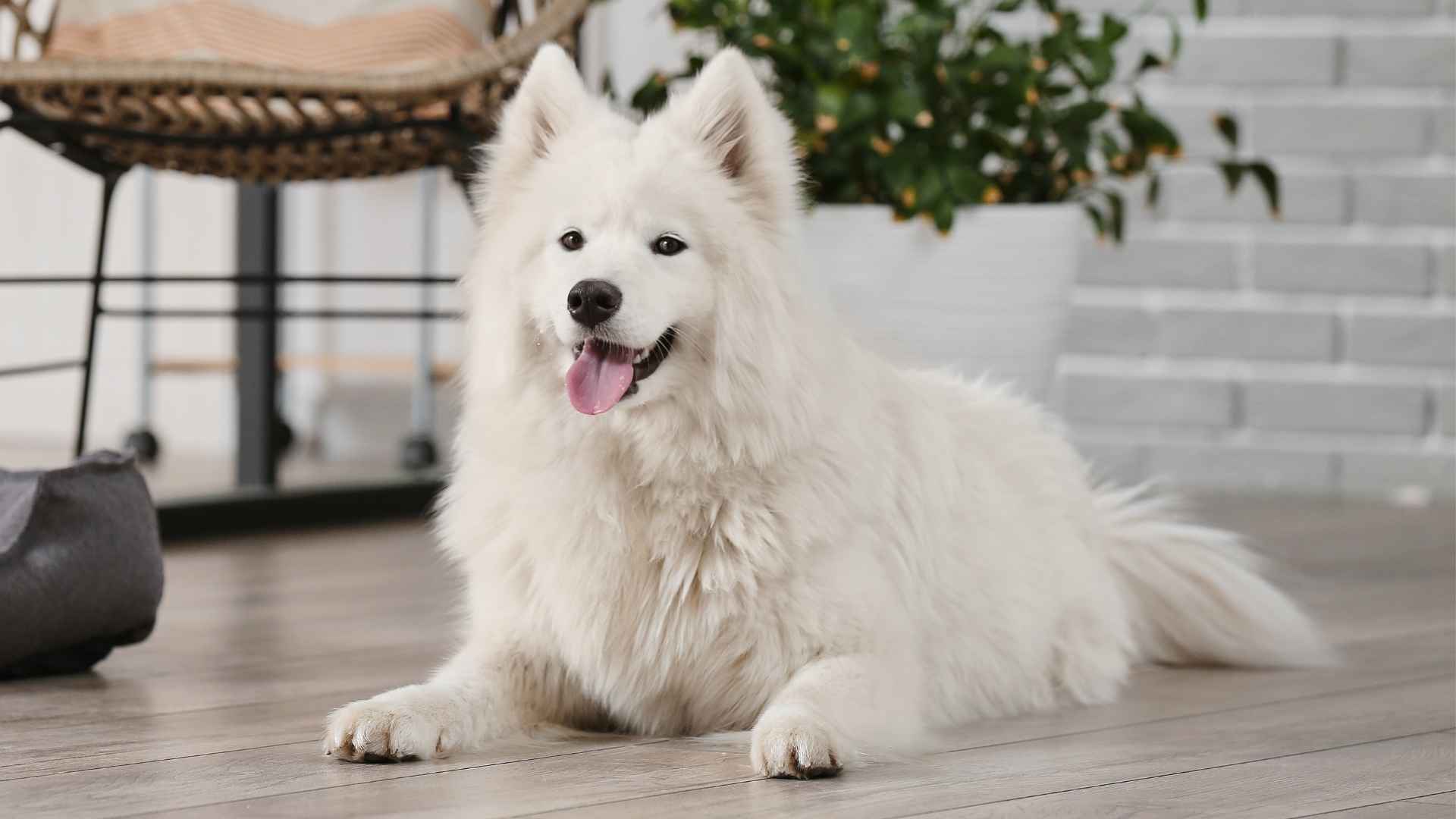There’s something disarming about a dog so fluffy it barely looks real, like it wandered out of a children’s book and into your living room. But these cloud-coated canines aren’t just about looks. Behind every impossibly soft layer of fur is a lineage shaped by survival, work, and climate. Their fluff wasn’t bred for Instagram — it was designed to guard, herd, or withstand brutal winters.
A study in Science revealed that variations in just three genes determine most coat textures in dogs, which means the difference between a sleek-coated sprinter and a walking snowball is surprisingly simple — and deeply rooted in evolution. These fluffy breeds carry that legacy with style, turning ancient utility into modern charm.
But owning one is no fairy tale. Fluff comes with upkeep — brushing, bathing, and the occasional fur tumbleweed rolling across your floor. Still, there’s a reason these dogs are beloved around the world: they offer the kind of warmth you can feel, both inside and out.
Let’s dive into the seven most gloriously fluffy dog breeds — the ones that turn heads, steal hearts, and redefine what it means to be soft.
Most Fluffy Dog Breeds
1. Chow Chow
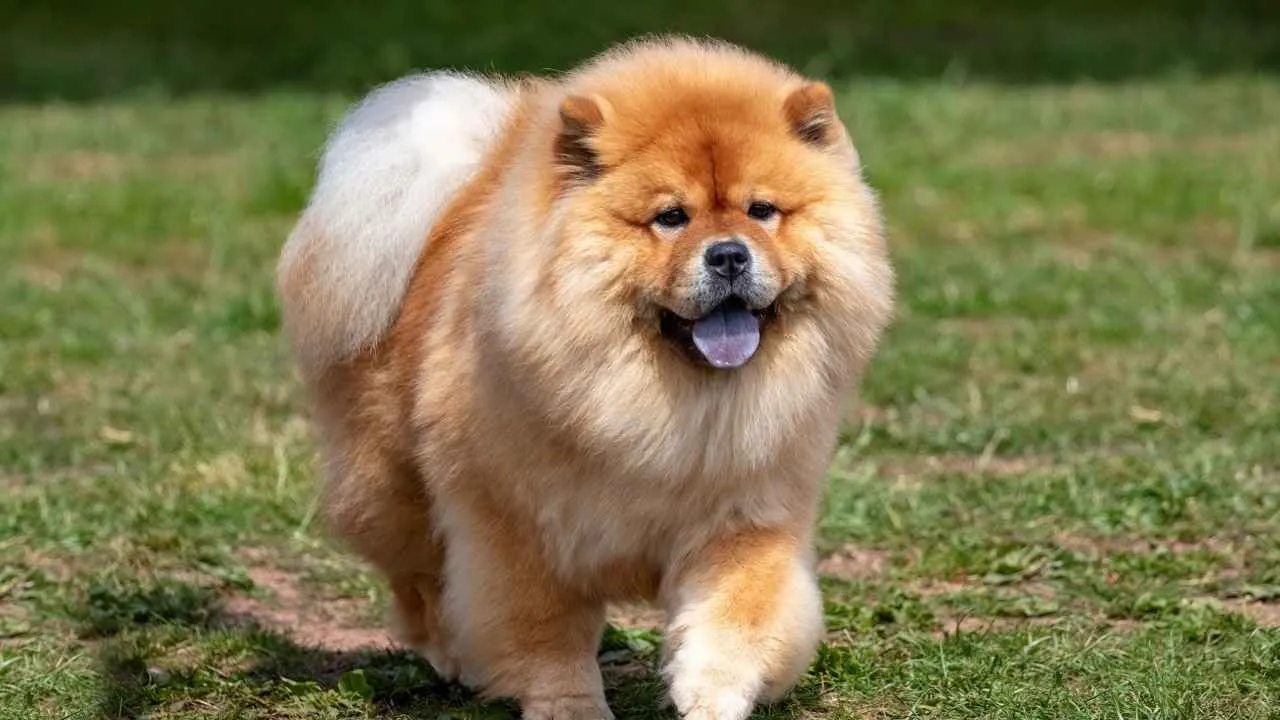
Ever seen a dog that looks like a lion and walks like royalty? That’s the Chow Chow. This ancient Chinese breed isn’t just about that glorious mane—they’ve got a personality that’s cool and mysterious. These dogs don’t beg for attention—they demand respect. And with a coat like that? They usually get it.
Fluffy? Absolutely. But that dense double coat doesn’t just feel luxurious—it’s a grooming commitment. Chow Chows shed like it’s their hobby, and if you skip brushing, you’re asking for mats. Most owners brush several times a week, especially during shedding seasons. Got a vacuum? You’ll need it.

But here’s the twist—these dogs aren’t your typical cuddle bugs. They’re independent, sometimes aloof, and not overly affectionate. If you’re expecting a velcro dog, lower those expectations. Chows love their humans, sure, but on their own terms. Think of them more like fluffy cats with loyalty.
Training a Chow isn’t for the faint of heart. CKC says that they’re intelligent, but stubborn. You’ll need patience, positive reinforcement, and strategy. Harsh corrections? They’ll shut down or push back. Want a dog that lives to please? This isn’t the one.
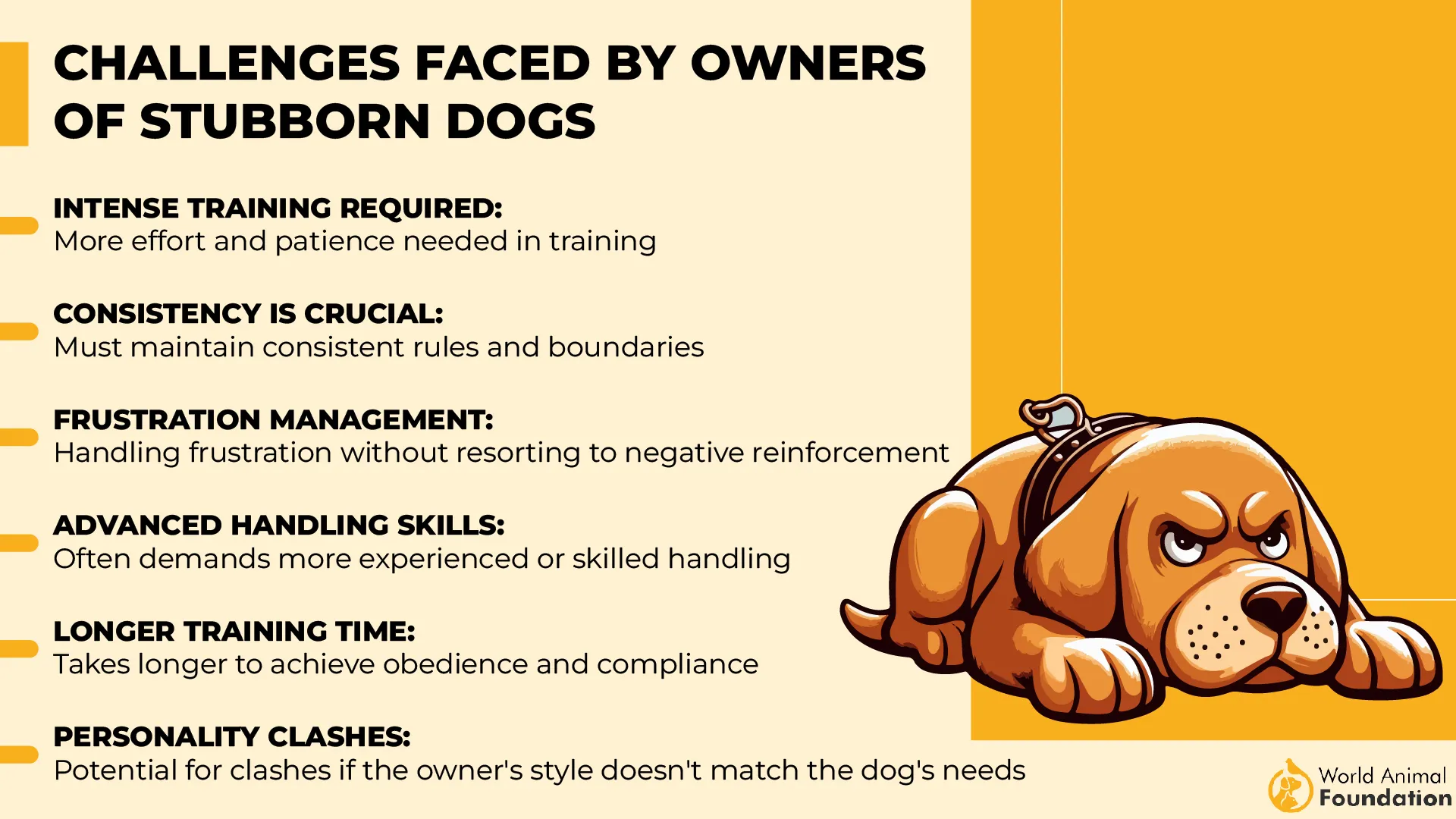
Chows are also naturally protective. Without proper socialization, they can get territorial fast. Early exposure to people, dogs, and different environments is key. Otherwise, you’ll end up with a grumpy fluff ball that thinks everyone’s an intruder.
What’s really surprising? How quiet they are. Most Chows won’t bark unless there’s a real reason. That calm, watchful vibe makes them feel wise beyond their years. But don’t mistake it for laziness—they’ll move when it matters.
2. Samoyed
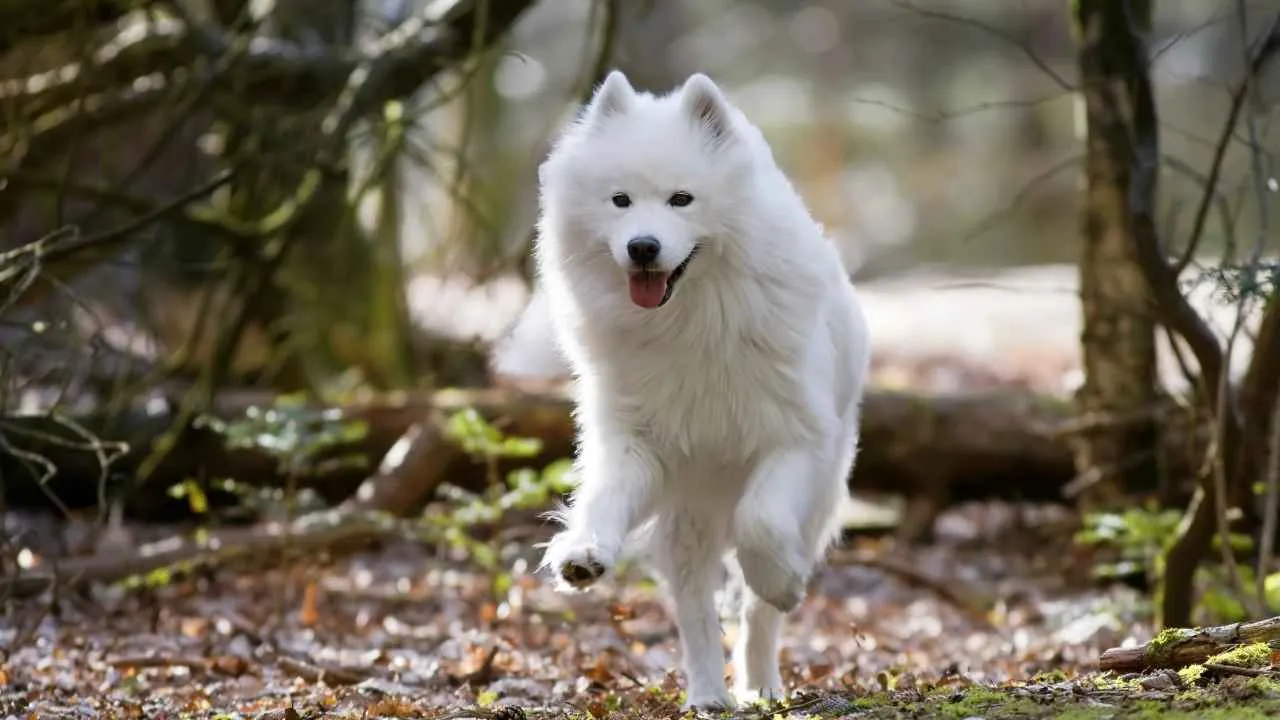
That big white cloud with a permanent smile? Yep, that’s the Samoyed. Known for their “Sammy smile” and eye-catching fur, these dogs are basically living snowballs with energy to spare. But don’t let that angelic look fool you—they’re workaholics at heart with a serious need to stay busy.
Originally bred to herd reindeer and pull sleds in freezing Siberian temperatures, Samoyeds are built tough. That ultra-dense coat? It’s not just for show—it’s designed to handle Arctic cold. Which means, yep, they do shed like crazy. If you’re not brushing them regularly, you’ll be swimming in fur tumbleweeds.
Their personality? Think sunshine in a fluffy white coat. Samoyeds are social butterflies who crave interaction. Leave them alone too long, and they’ll show their frustration with barking, digging, or creative home redecorating (a.k.a. chewing everything in sight). They’re not couch potatoes—they need action and attention.
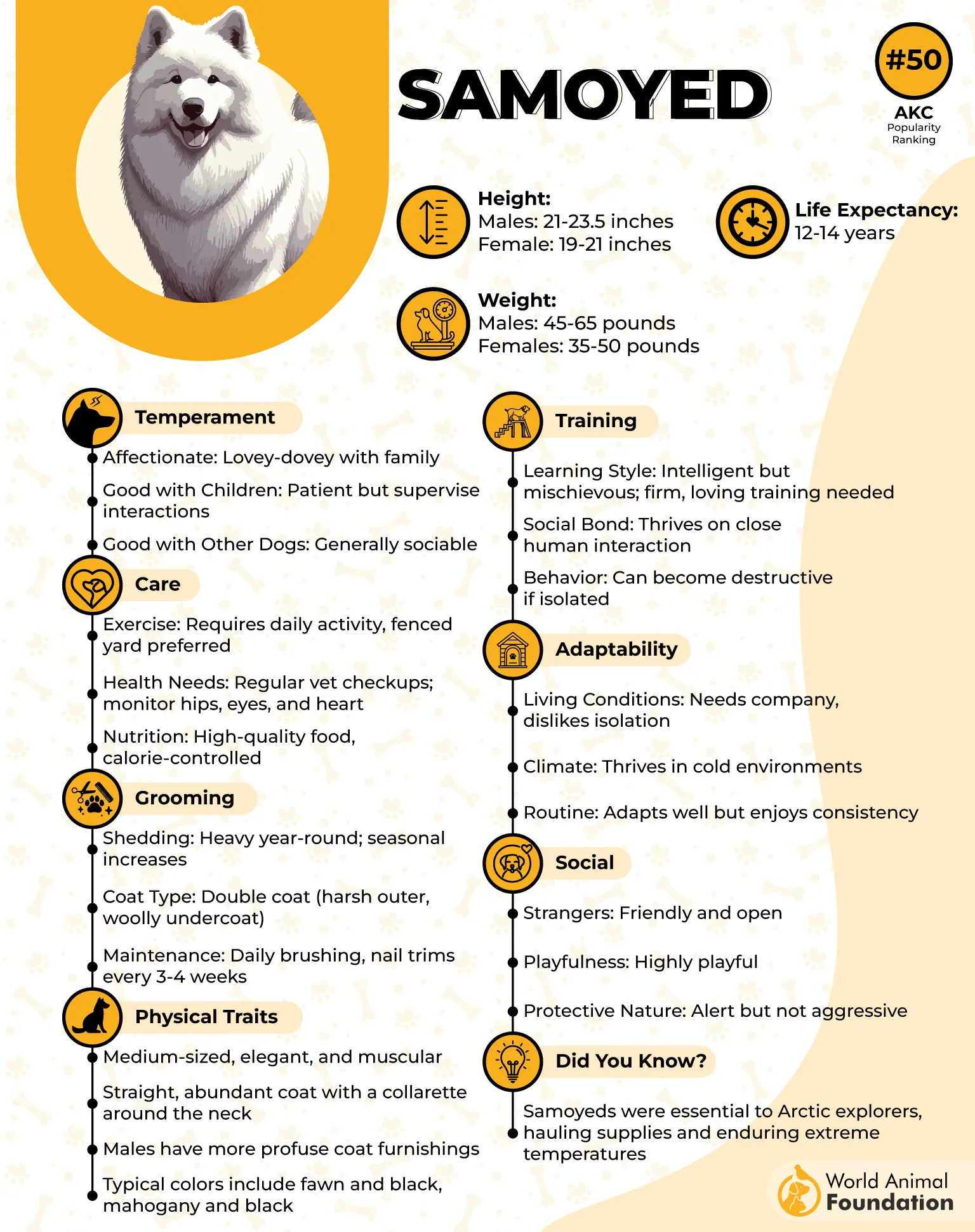
Want a guard dog? Keep scrolling. Samoyeds are way too friendly to scare anyone off, says Purina. They’re more likely to invite strangers in than chase them away. But their barking can make them decent watchdogs—just don’t expect them to take anything too seriously.
These fluffballs thrive on routine and activity. Hiking? Yes. Agility courses? Absolutely. Running around the backyard like it’s a snow race? Every day, please. If you’re into outdoor adventures and don’t mind a bit of white fluff stuck to your clothes, this breed might be your perfect match.
What about heat? Let’s be real—Samoyeds hate hot weather. That thick coat traps heat, and they’re prone to overheating. Summers need shade, fans, and cool-down breaks. Walking during cooler hours is a must. Ever tried frozen dog treats? Your Samoyed will thank you.
3. Collie
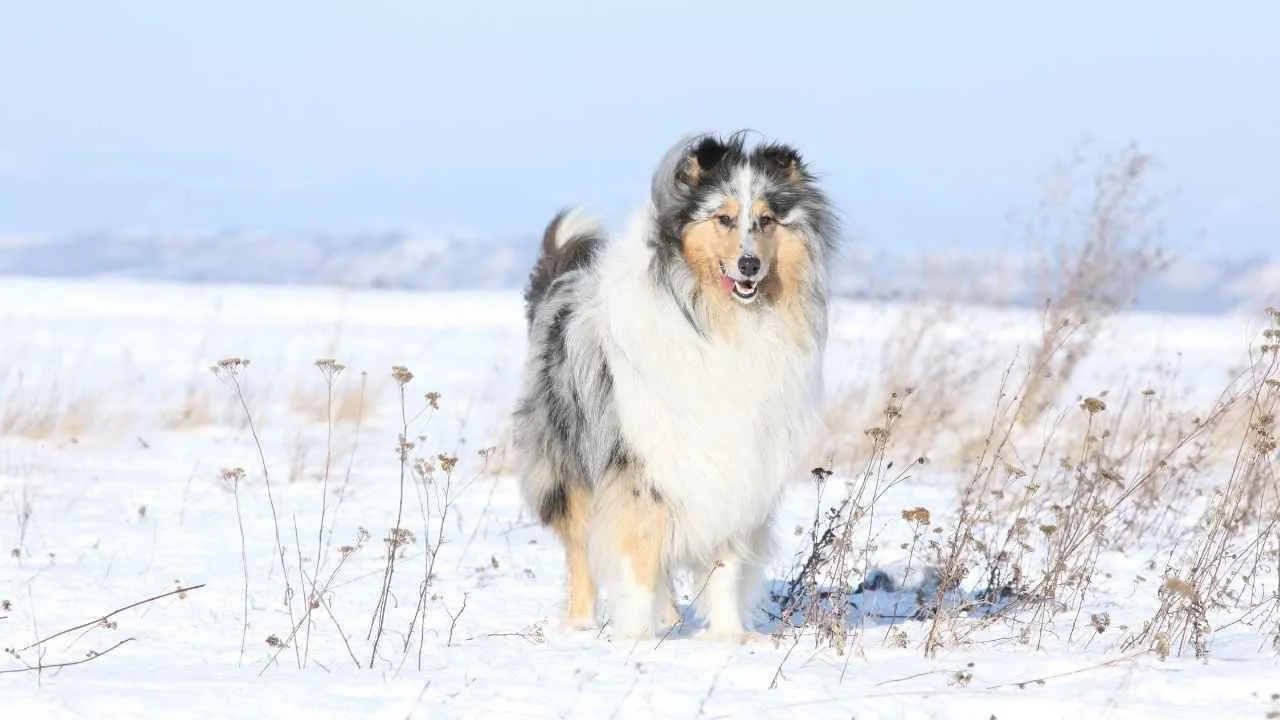
Unlike many fluffy breeds that shed nonstop, the Collie’s coat is surprisingly manageable if you keep up with regular brushing. Weekly grooming usually does the trick, unless it’s shedding season—then it’s time to step it up. But matting? Not as common as you’d think, thanks to the Collie’s cleaner coat texture.
What sets them apart isn’t just their beauty—it’s their brains. Britannica says that Collies are smart, intelligent, obedient, and eager to please. Training them is more about communication than control. They learn quickly, respond well to gentle correction, and thrive on praise. Want a dog that listens without a fight? This is your breed.
Collies are often called “family dogs,” and for good reason. They’re natural nurturers—calm, patient, and kind, especially with kids. If chaos breaks out, your Collie won’t add to it—they’ll likely try to restore the peace. You’ll see their herding instincts kick in, too. Got rowdy children? Don’t be surprised if your Collie gently nudges them into line.
Energy-wise, they hit the sweet spot. Not hyper, not lazy. They love walks, fetch, and yard play, but they’re also happy to chill after a good exercise session. You won’t need to run marathons to keep a Collie content, but skipping daily activities? That’s when boredom sets in.
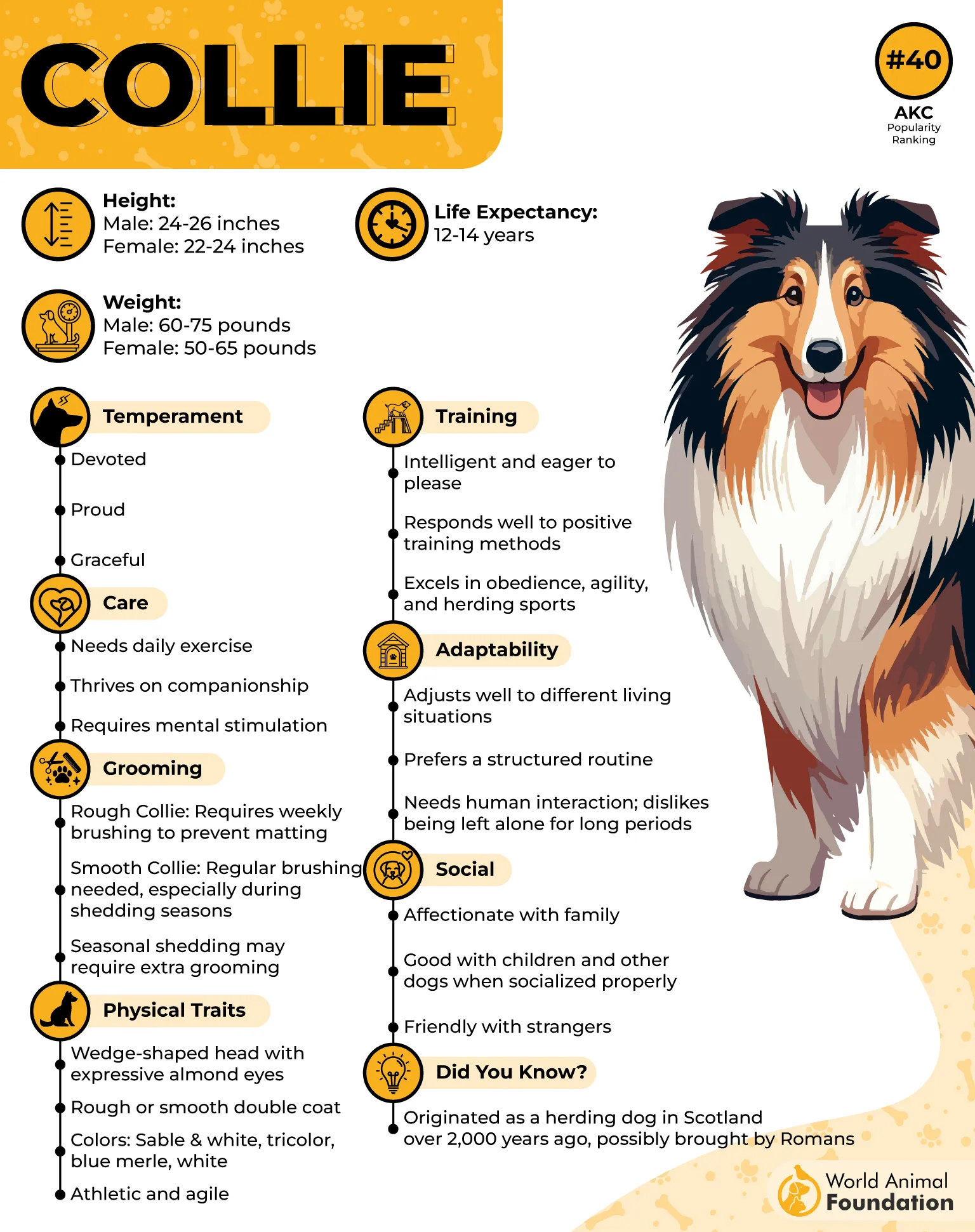
Socialization is key, though. While Collies are naturally polite, they can be a little reserved with strangers. Early exposure to people, sights, and sounds helps keep them confident and outgoing. Don’t worry—they won’t turn into watchdogs. They might bark a bit, but aggression’s not in their nature.
4. Old English Sheepdog
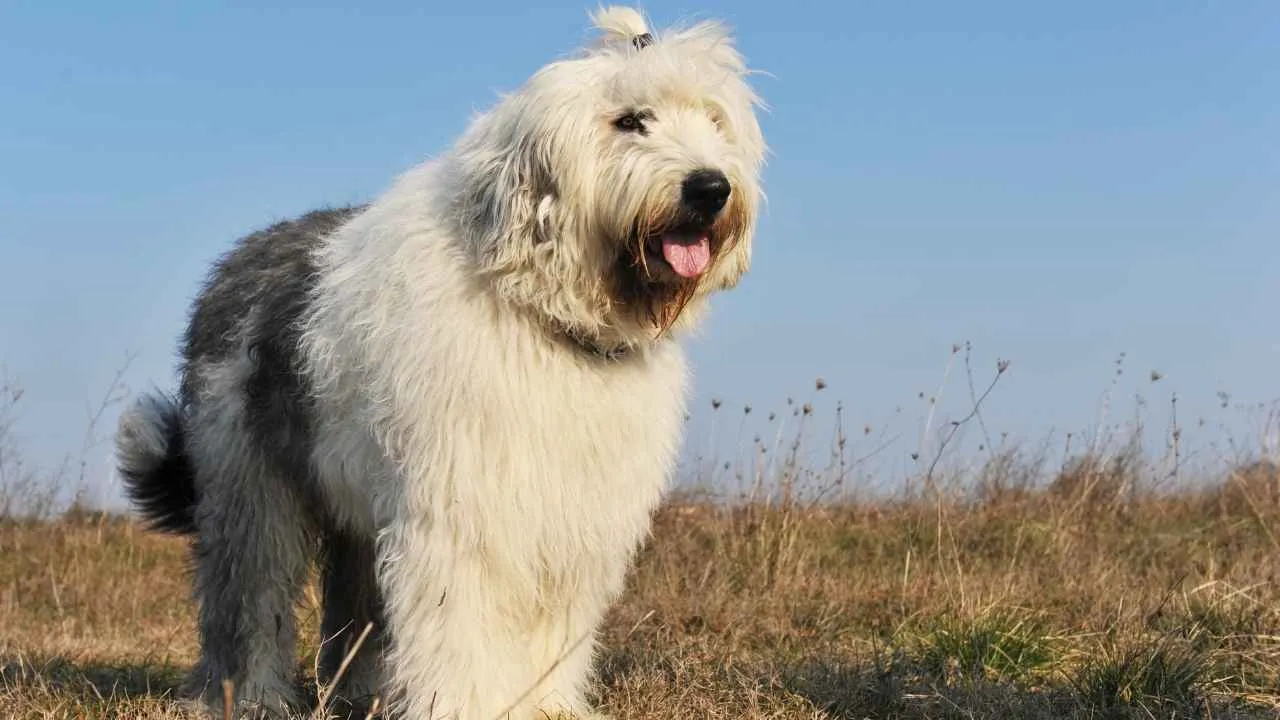
You know that giant ball of fluff with a walk that looks like a shaggy cloud gliding across the yard? That’s the Old English Sheepdog. But don’t let the goofy appearance fool you—this breed is smart, strong, and born to herd like a pro. They’re like that friend who’s always joking around but secretly runs the whole show.
That unmistakable coat? It’s not just for show. Their double coat is dense, weather-resistant, and grows fast. Regular brushing—like, really regular—is non-negotiable unless you’re okay with knots the size of tennis balls. Some owners opt for a “puppy cut” to make maintenance easier, but even then, the grooming game is serious.
Now let’s talk personality—these dogs are entertainers. They’ve got a bouncy, playful attitude that’s contagious. They’re not just family pets, they’re family clowns. Want a dog that brings joy, chaos, and a little bit of slobber? You’re looking at one.
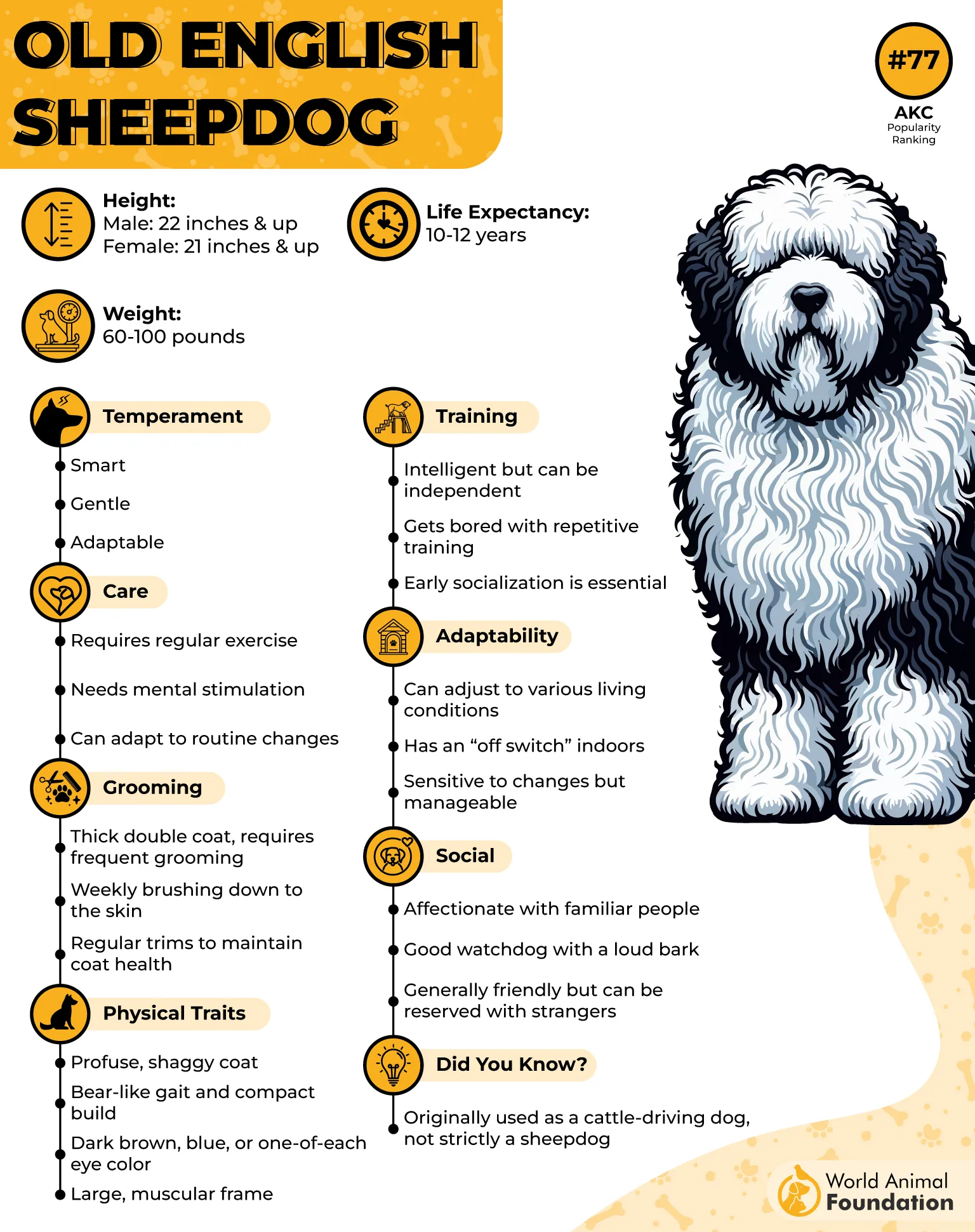
Surprisingly, they’re more agile than they look, says AKC. These fluff giants can sprint, herd, and jump with the best of them. They were built for farm life, and even in modern homes, they need room to roam. A small apartment? That’s not ideal. A backyard with a fence? Now we’re talking.
They’re also big talkers. This breed tends to bark—not constantly, but enough to let you know when something’s up. Whether it’s a bird in the yard or a suspicious-looking mailbox, your Sheepdog won’t hesitate to alert the household. Can you really blame them for being thorough?
Fun Fact:
The Old English Sheepdog’s distinctive “bear-like” gait is partly due to its unusual topline—the rear is actually a bit higher than the shoulders, giving it that signature rolling walk!
5. Great Pyrenees
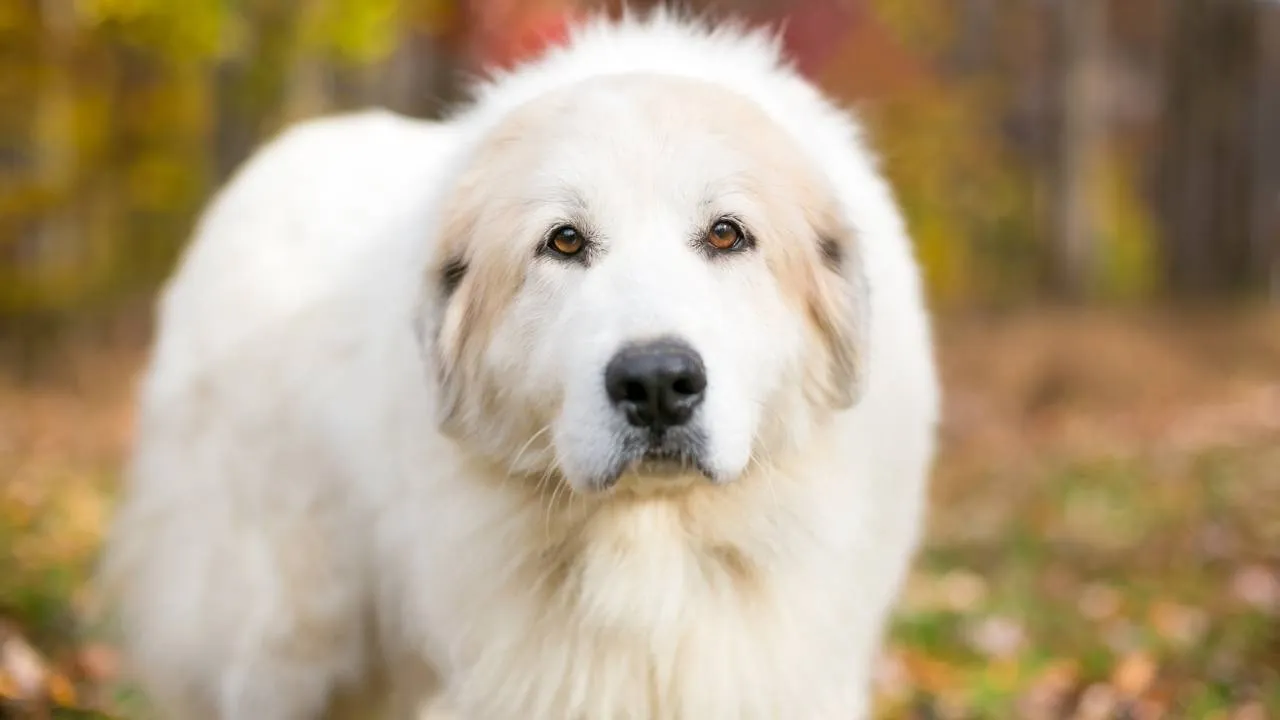
The Great Pyrenees is one of those dogs that stops people in their tracks. Majestic, calm, and covered in thick, snow-white fluff, they look like royalty from the mountains—and in many ways, they kind of are. These gentle giants were bred to guard livestock on rugged terrain, and they still carry that same cool, confident vibe.
They’re not just big; they’re enormous. Males can hit 100 pounds or more, but they move with surprising grace. Their fluffy coat hides a strong, muscular frame built for endurance, not speed. Despite their size, they’re often incredibly gentle with kids and smaller pets. It’s like they know they’re the biggest ones in the room and act accordingly.
Unlike many fluffy breeds, Great Pyrenees aren’t hyper or needy. VCA states that they’re independent thinkers, calm in demeanor, and totally okay hanging out in the backyard watching clouds go by. But don’t mistake that for laziness—if they sense a threat, they’ll spring into action without hesitation.
Here’s the twist: they’re nocturnal by nature. Back in their herding days, they stayed up at night guarding sheep. That instinct hasn’t gone anywhere. Many Pyr owners find their dogs most alert after dark. Is your pup wide awake while you’re heading to bed? Now you know why.
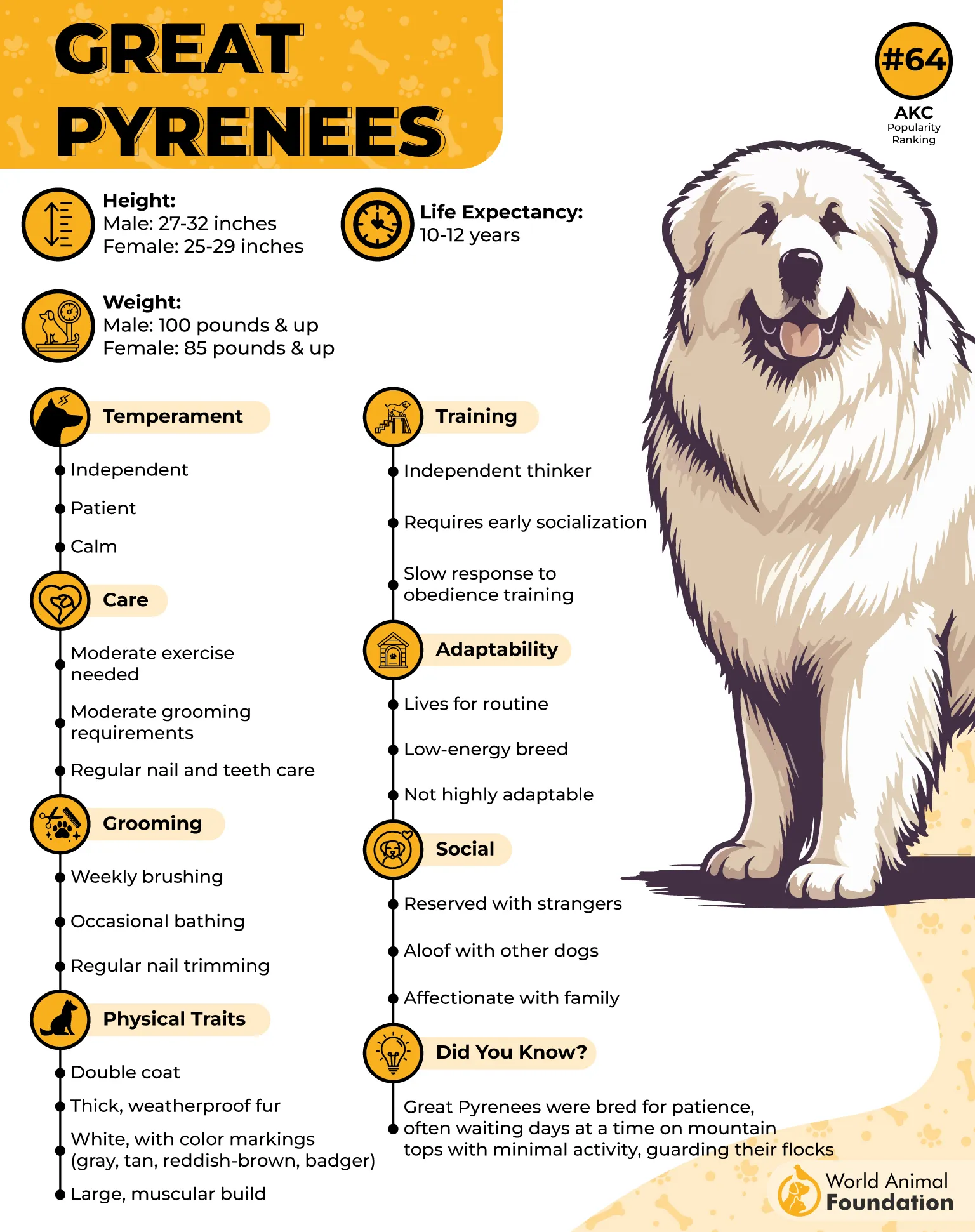
Their massive coat is designed to handle freezing temperatures, but in warm climates, they need extra care. Shade, water, and frequent brushing are must-haves. During heavy shedding season, you’ll see clouds of white fur floating around like snow. Got a vacuum? You’re gonna need it.
6. Pomeranian
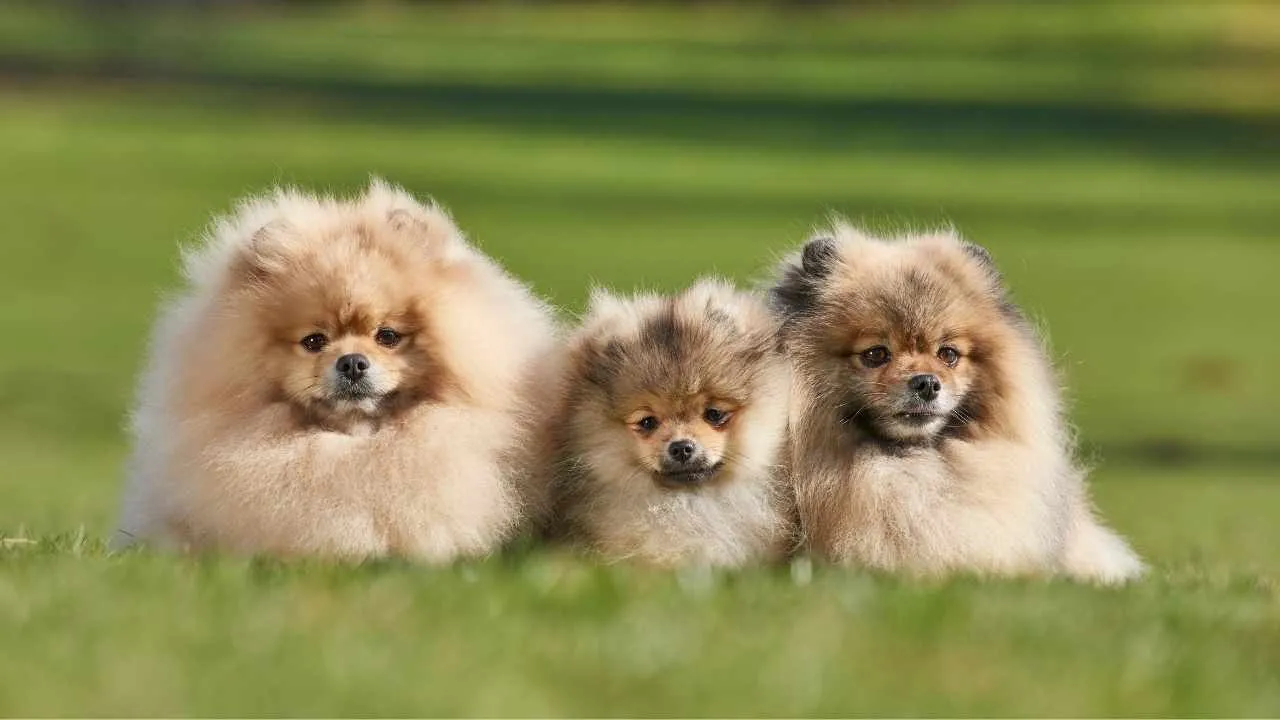
Who knew a dog the size of a loaf of bread could have the confidence of a lion? Pomeranians are tiny fluff rockets with oversized personalities. From their prancing gait to their proud tail curl, they strut around like they own the place—and honestly, they kind of do.
Their coat is what grabs everyone first. That iconic fluff is actually a double layer: a soft, dense undercoat beneath a straight, poofy topcoat. It gives them that signature “puffball” look. But fair warning—keeping it that gorgeous requires consistent grooming. Brushing 3–4 times a week keeps mats and tangles away and keeps shedding under control.

Despite their fancy looks, Poms aren’t just lap dogs. These little dynamos are full of energy and love to stay active. Daily walks, indoor games, and short training sessions are a must. Skip the exercise, and they’ll find their own way to burn off steam—usually by barking at the neighbor’s cat.
These dogs are seriously sharp. Pomeranians love to learn and show off. They respond well to clicker training, treats, and loads of attention. You can teach them tricks, cues, even obstacle courses—and they’ll eat it up. Boredom? That’s the enemy. Keep their minds engaged, and you’ll avoid trouble.
And let’s talk attitude. They don’t care that they’re small. Petplan says that Poms are famously bold, loyal, and will bark at anything they feel is “beneath their standards.” Delivery trucks? Bark. New guests? Bark. Their own reflection? Bark. You get the idea. It’s cute—until it’s not—so early socialization is a must.
7. Siberian Husky
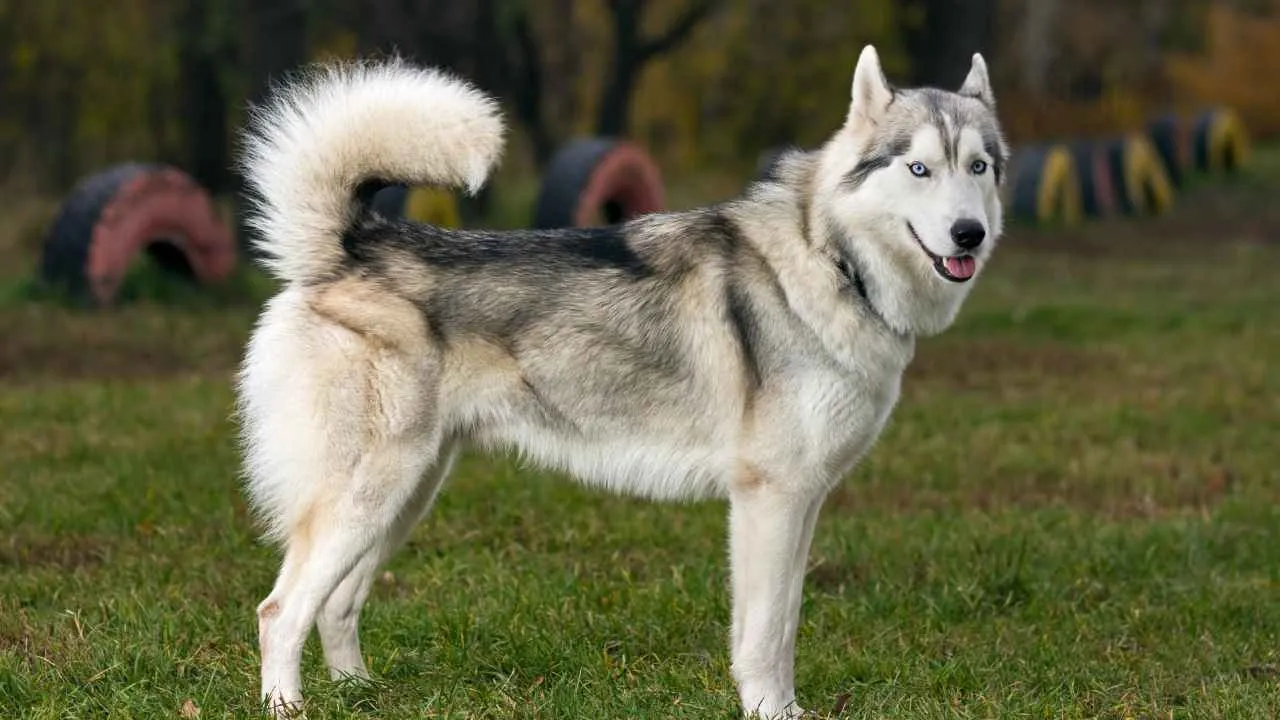
Fluff, speed, and pure chaos—that’s the Siberian Husky in a nutshell. Known for their thick coat and icy blue eyes, Huskies combine a wolf-like look with a wildly energetic personality. They’re the dog version of a snowstorm: beautiful, intense, and totally unstoppable once they get going.
Let’s start with that coat. Huskies have a plush double layer that was built to handle Siberian winters. The undercoat is super soft and insulating, while the outer coat is coarser and weather-resistant. It’s not just for looks—it keeps them warm in freezing temps and surprisingly cool in heat by shedding seasonally. And when that undercoat blows out? You’re gonna find hair in places you didn’t know existed.
You’d think with all that fluff they’d want to cuddle all day, right? Nope. These dogs were bred to run. Long distances. Daily. Without enough physical and mental activity, they’ll climb fences, dig holes, and even redesign your living room. Got a backyard? Make sure it’s Fort Knox.
Here’s the wild card: they talk. A lot. Huskies are known for howling, “woo-ing,” and vocalizing in ways that’ll make you feel like you’ve adopted a chatty toddler. It’s not barking—it’s full-blown conversation. Ready to argue with your dog about dinner time?
Training a Husky takes strategy. PetMD says that they’re smart, but they’re also fiercely independent. Think of them as coworkers, not employees—they’ll question your orders and suggest alternatives. Positive reinforcement works, but consistency is key. One slack moment, and they’ll decide they’re the new boss.
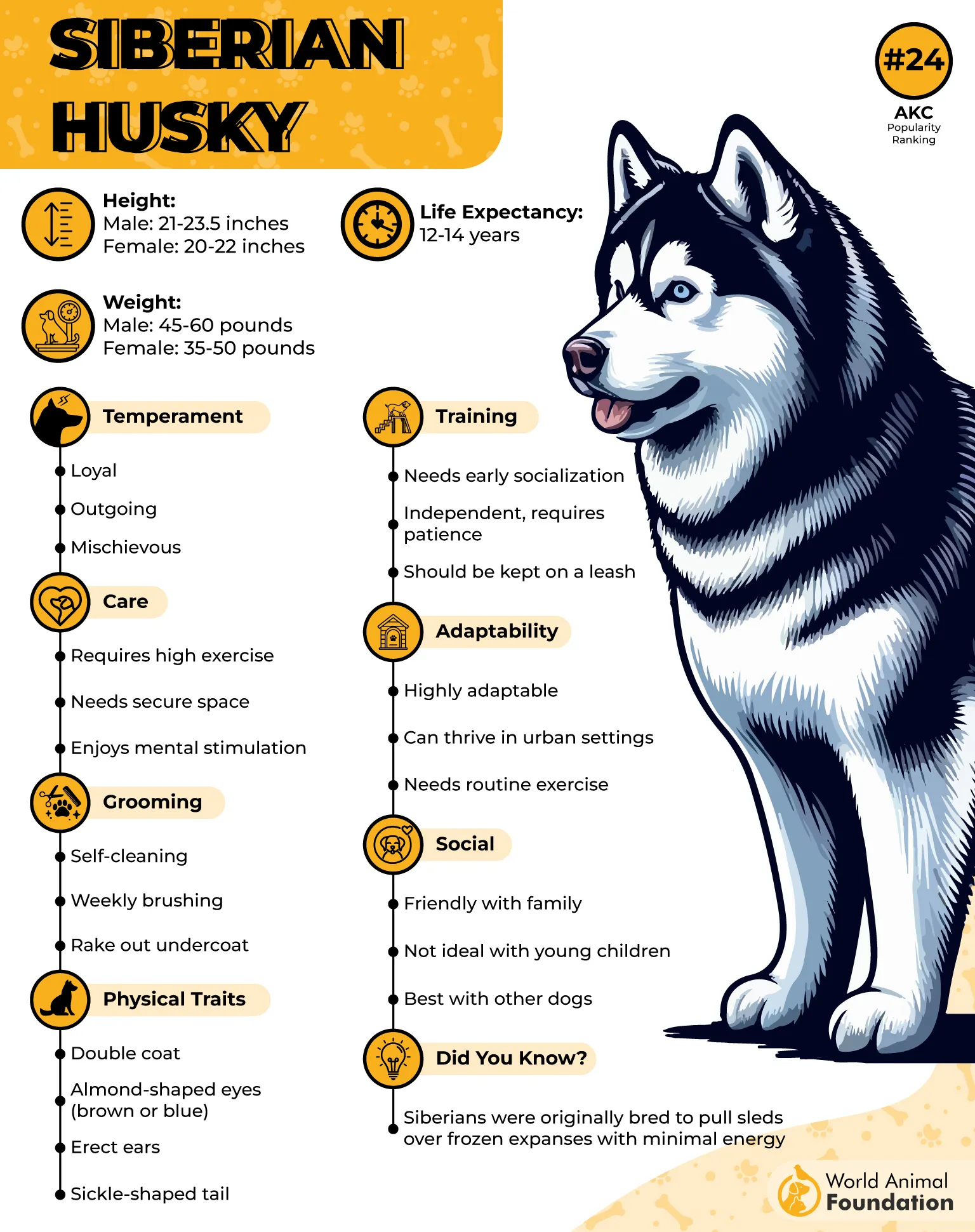
Despite their high energy, Huskies have a surprisingly gentle temperament. They’re rarely aggressive and usually fantastic with kids. Their soft mouth, playful spirit, and patience make them solid companions, as long as kids know how to respect boundaries. That said, they can be a bit too much for very small pets.
Conclusion
Whether you’re drawn to the soft coat of a Shih Tzu, the curly coat of a toy poodle, or the majestic lion-like mane of Chow Chows, there’s no denying the charm of small, fluffy dog breeds. Their dense coats, thick undercoat, and fluffy tails give them a fluffy appearance that dog lovers can’t resist. But let’s be real—these aren’t just a pretty face. From sled dogs like Siberian Huskies and Alaskan Malamutes to lap dogs like the Bichon Frise and Lhasa Apso, they’ve all been originally bred for something more than looking cute.
Caring for these affectionate dogs requires a bit of work. Whether your pup has a woolly undercoat, silky coat, or fluffy double coat, frequent brushing, weekly brushing, or even daily grooming tips help prevent matting and reduce loose fur. A good slicker brush goes a long way, especially for breeds with thick double coats around their rump and hind legs. Whether you own a spitz-type dog like the American Eskimo Dog, a popular small dog breed like the Miniature Poodle, or a great family dog like the Bernese Mountain Dog, regular grooming is non-negotiable for a healthy coat.
Some fluffy pups are perfect for first-time dog owners, while others, like Rough Collies or Australian Shepherds, may suit more experienced dog owners due to their need for mental stimulation. But if you’re dreaming of a white fluffy dog, or a small fluffy dog with soft fur, or even looking into poodle mixes (yes, most poodle mixes are pretty fluffy!), there’s something in the dog world for everyone. These intelligent dogs, whether sturdy dogs or toy breeds, bring joy to pet owners and blend well with other dogs. So, whether you’re dealing with dog hair or navigating coat types from smooth coat to long coat, remember this: behind every puffball is a devoted dog waiting to love you back.


